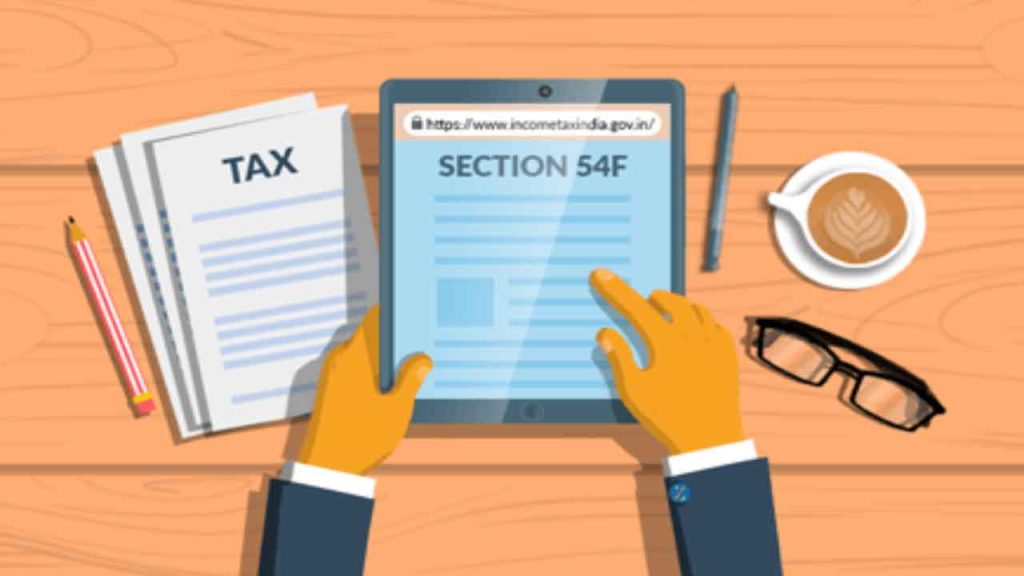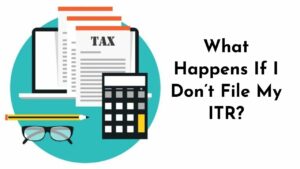Section 54F – The meaning of capital assets is found in Section 2(14) of the Income Tax Act, 1961. Capital assets are classified into two groups based on holding period: Short Term Capital Assets as well as Long Term Capital Assets. The profit resulting from the sale of long-term capital assets is referred to as “long-term capital gain,” whereas the profit resulting from the sale of short-term capital assets is referred to as “short-term capital gain.” The Income Tax Act contains several provisions from long-term benefits, including Section 54, Section 54F, Section 54EC, and Section 54B.

Must Read – What is Form 10E?
Section 54F of the IT Act provides for capital gain deduction in the case of a long-term capital asset transaction in exchange for a residential building investment. Some of the characteristics that qualify you for exemptions under section 54F are described here.
- Exemptions under section 54F are available to HUF and individuals.
- The capital gain resulting from the sale of some long-term capital assets besides a residence.
- Net consideration for converting long-term capital assets committed in the above.
- In 3 years from the transition date, build one residential property in India.
- The net consideration will be re-invested in the construction of one residential property in India within 3 years of the transition date.
The ‘Net Consideration’ of a capital asset transfer is the entire amount of the consideration gained for exchanging the capital assets less any cost paid solely and primarily in connection with those transactions. In this manner,
Net Consideration = Expenditure (-) Full Value of Consideration
When is Section 54F not Available?
The following are the cases under which the exception is not extended under Section 54F of the IT Act of 1961.
- On the day of the actual asset sale, the individual owns more than one residential home. Even so, the estate carried to claim the exception under Section 54F is excluded from this.
- In 3 years of the initial asset’s transition date, the taxpayer builds an additional residential home. This does not apply to the newly built asset used to invoke the exception under Section 54F.
- The taxpayer purchases a second home in 1 year of the initial asset’s transition date. This latest asset purchased to assert the exemption under Section 54F is also excluded from this.



